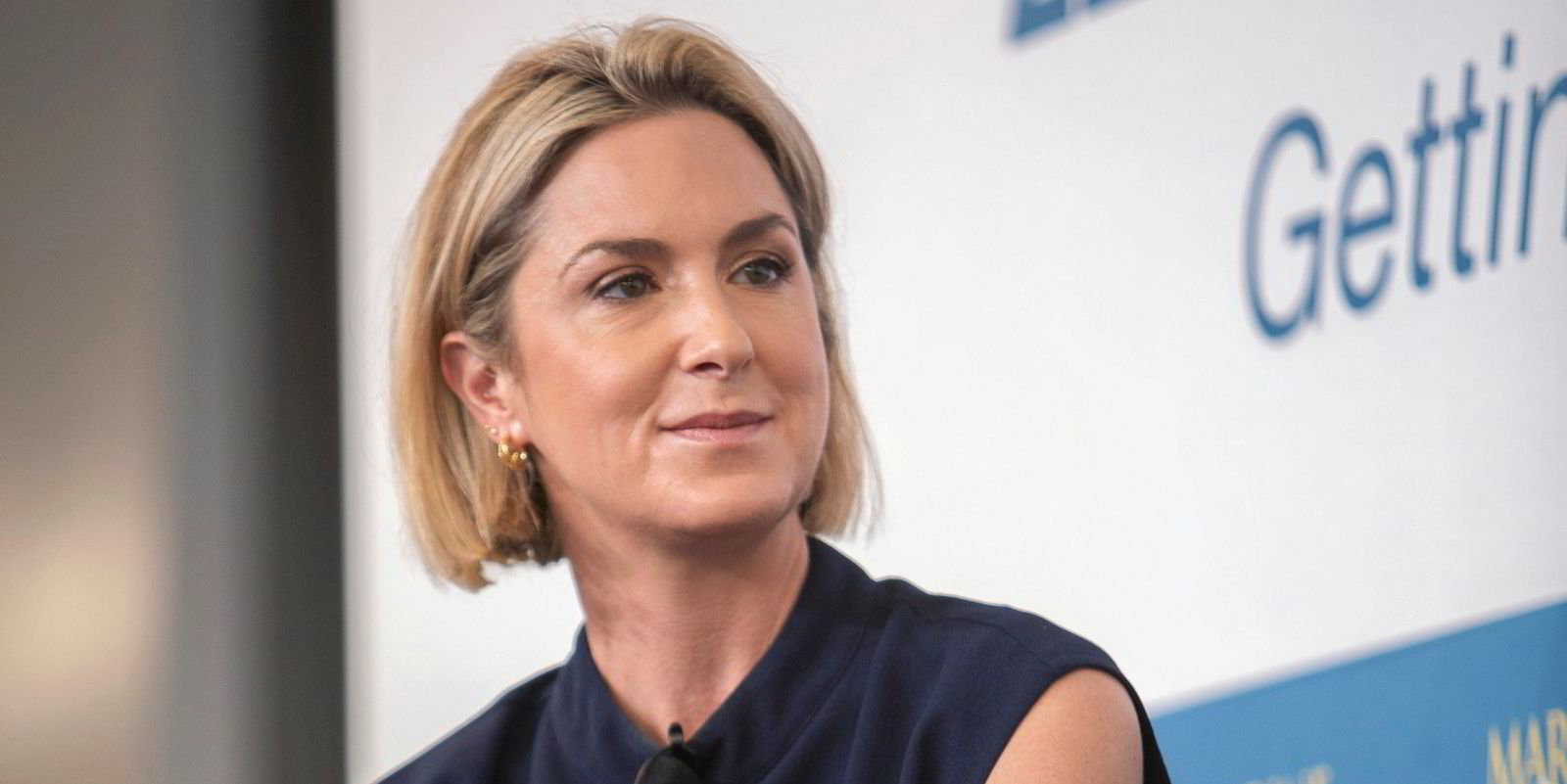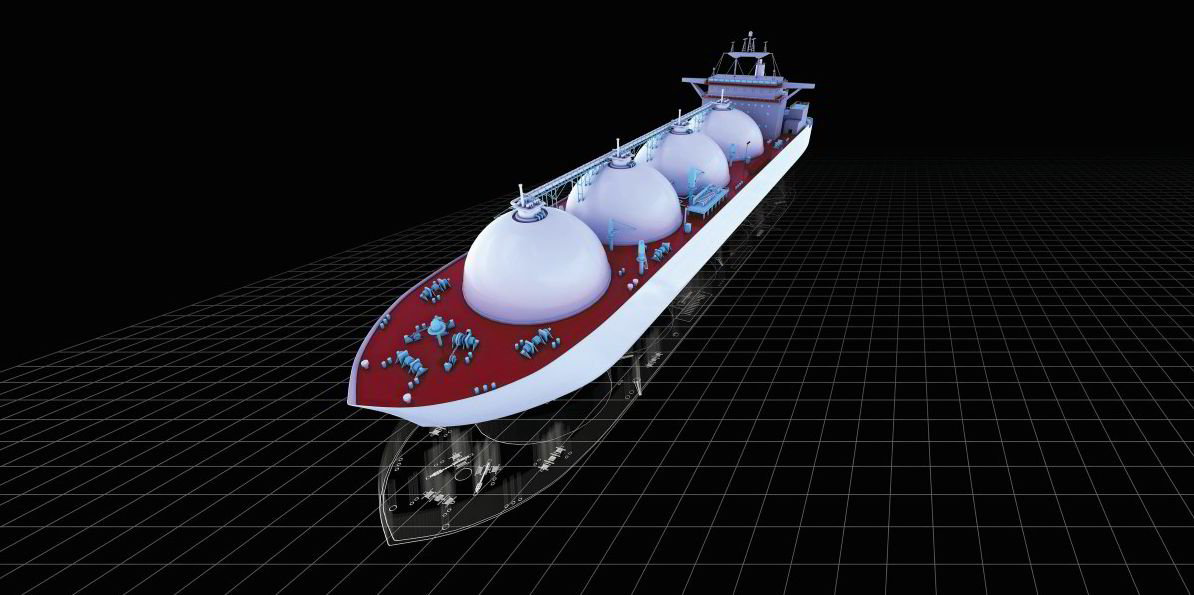Estimates for spot charter rates for LNG carriers have been rapidly closing in on the $500,000 per day mark amid an exceptionally tight market for tonnage and a bullish mood among those sitting on vessels.
But some players are indicating that the market could soon see the first signs of a correction in what is proving to be a record earnings season for LNG vessels.
Details of fixtures are limited, being reported at different rates and in some cases closely guarded.
German trader RWE has been linked to a deal for a modern two-stroke vessel, the 180,016-cbm Prism Brilliant (built 2019) at around the $400,000 per day mark.
Rival Gunvor is reported to have relet a tri-fuel diesel-electric LNG carrier, the 155,000-cbm GasLog Shanghai (built 2013), for a period of 40 days at a rate close to $300,000 per day.
The Switzerland-headquartered trader also paid out $210,000 per day for Sinokor Merchant Marine’s 138,000-cbm steam turbine LNG carrier Singapore Energy (built 2003).
Brokers pointed out that with ballast bonus fees in reality the ships are likely earning significantly more than these headline rates.
On Tuesday, Spark Commodities dropped its Spark30 Atlantic LNG freight spot rate assessment for a tri-fuel diesel-electric vessel by $11,000 per day to $471,000 per day.
The Baltic Exchange’s BLNG2g route from the US Gulf Coast to Europe was down $16,00 to just over $489,000 per day.
One shipowner described the LNG carrier market as “uber strong”.
But he said the lack of liquidity causes it to halt at times or rates get so high that charterers try to reshuffle cargoes or move around tonnage, which is more of an adjustment than a weakening of sentiment or fundamentals.
Another said that while there is no apparent softening yet, the LNG shipping market could slide later in December. That is when the flotilla of vessels currently floating cargoes off Europe — as they either wait on terminal slots or the best pricing — are to be discharged, bringing greater visibility on the remaining winter season.
Brokers and LNG carrier owners reported that more relet tonnage is emerging or promised from portfolio players, which in some cases is moving to disrupt the market.
“A number of portfolios [players] have either offered out or hinted they will be able to relet tonnage next year for 6 to 36 months,” Affinity LNG said. “There are signs to suggest a weaker sentiment may be on the horizon.”
The potential for liquefaction project disruptions —specifically the flooding at Nigeria LNG and the restart of the fire-damaged US plant Freeport LNG plant in the US — are also blurring the picture for the Atlantic basin.
Warm autumn weather in the northern hemisphere and high storage inventories in Europe is also pushing down gas demand and with it LNG futures. But concerns of how the Russian gas starved Continent would cope in an extreme cold snap means this picture remains finely balanced.
But into 2023 the fundamentals for LNG carriers appear strong.
Brokers and owners reported a growing interest from charterers to fix tonnage from well into mid-2023 and beyond to ensure they have cover for next winter.






